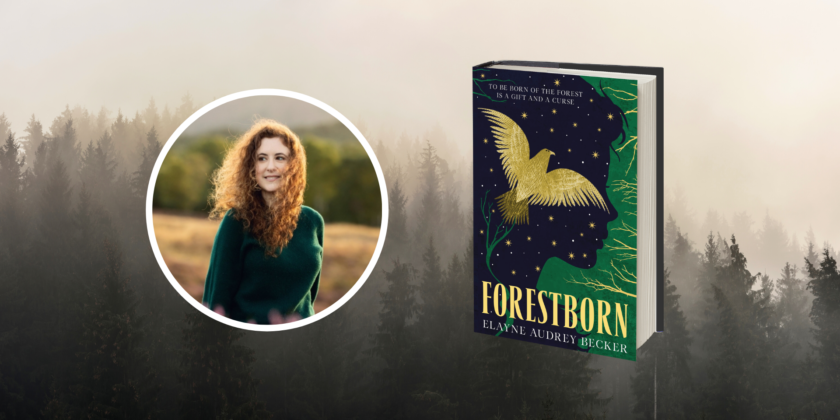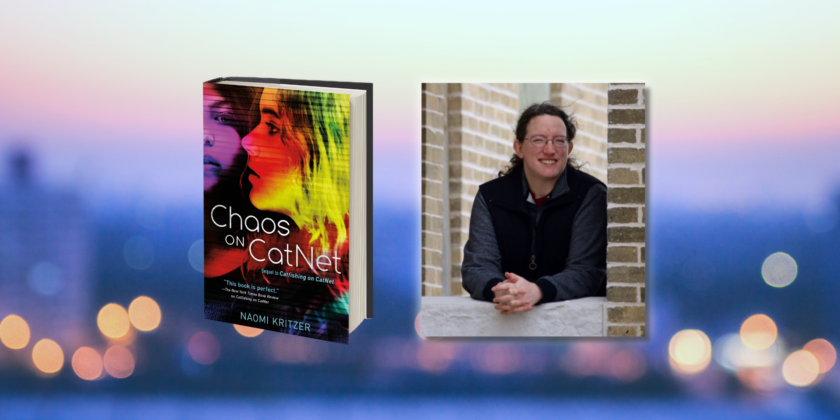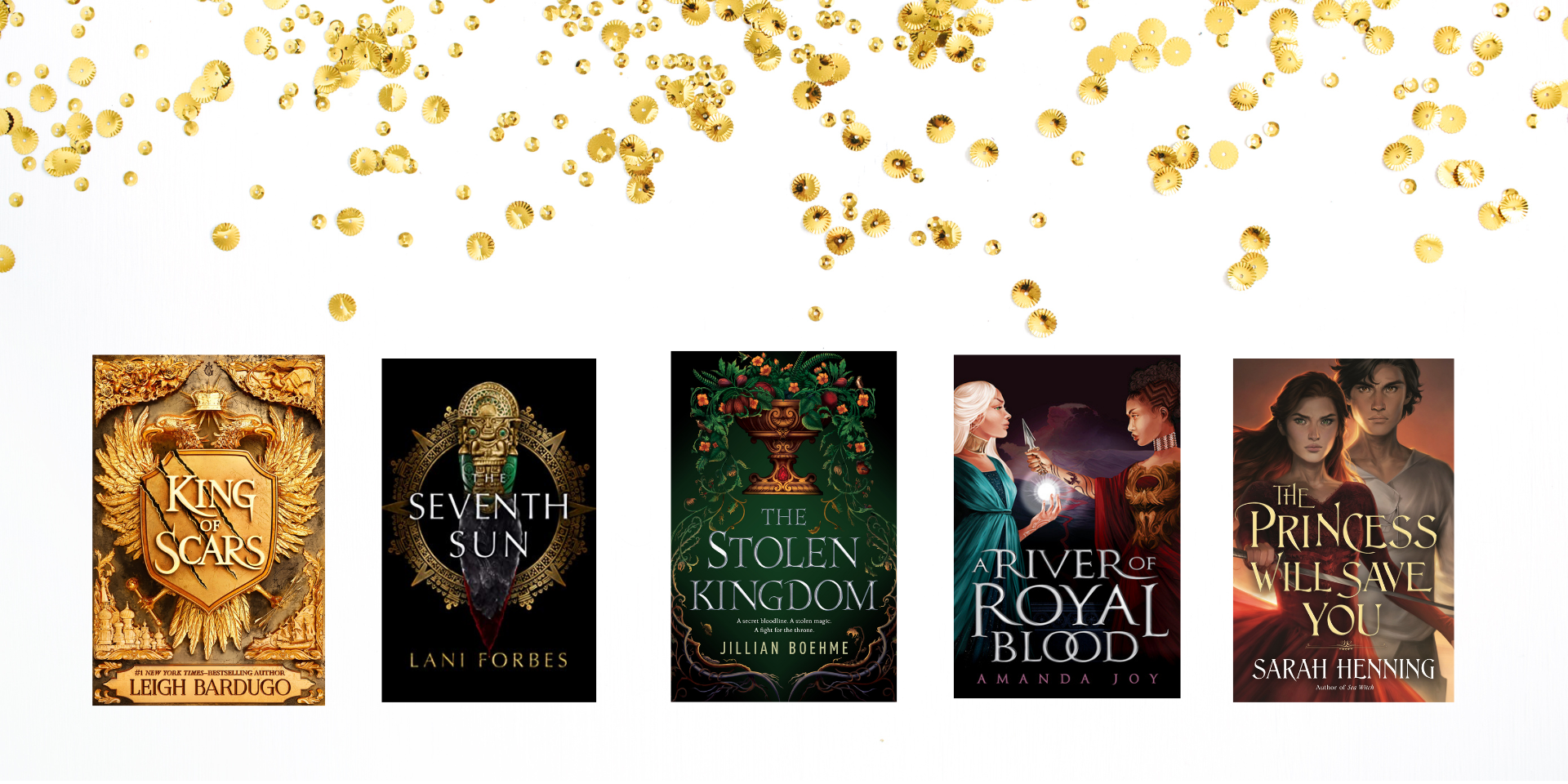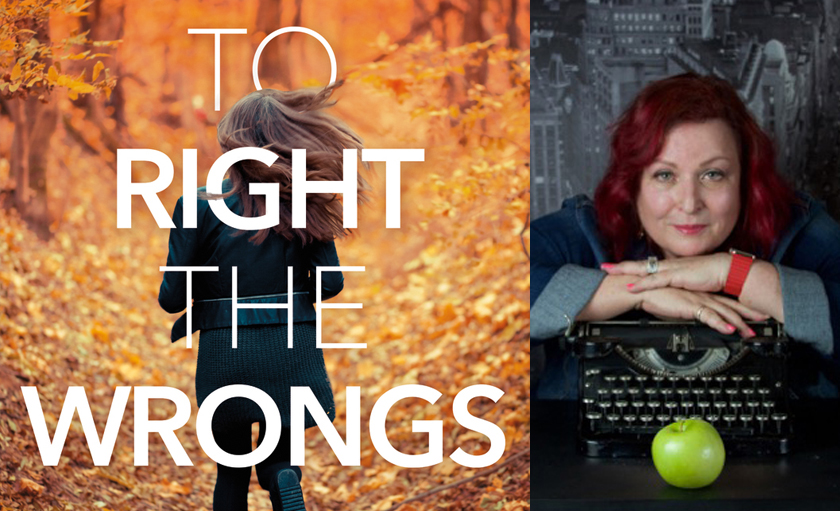
Written by Sheryl Scarborough
Confession: in high school, I hated science. Even the potential thrill that something could explode wasn’t enough to save it for me. It had no relevance to my life. Also, science was hard and boring and required actual work, unlike reading, which for me was the easy A.
Back then if you had told teenage-me that adult-me would spend large portions of my day researching the latest innovations in science and technology for my job, I would have given you my most disdainful, full-body eye roll. Because that would never happen…until it did!
opens in a new window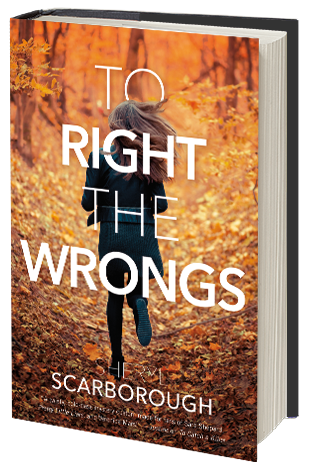 Science handed me the hook for To Catch A Killer, my debut mystery novel for teens. Detectives solving murders might be a story old as time. But mine involves a sixteen-year old girl who uses forensic science and her high school bio lab to catch a killer. I hit on the idea after a friend of mine told me his son loved his high school forensics class.
Science handed me the hook for To Catch A Killer, my debut mystery novel for teens. Detectives solving murders might be a story old as time. But mine involves a sixteen-year old girl who uses forensic science and her high school bio lab to catch a killer. I hit on the idea after a friend of mine told me his son loved his high school forensics class.
Class? Really?
Turns out our national obsession for matters of CSI includes high school, middle school and even elementary school in very big ways. And, we can all see why. The basic principle of forensic science, as defined by Dr. Edmond Locard—every contact leaves a trace—is not only fascinating but universally accepted and understood.
What parent hasn’t longed for a fingerprint do-dad that would identify the exact culprit from a band of siblings? And what teenager hasn’t wished for a gadget to detect and ultimately ward off snoopy parents or spying siblings? The fact that forensic science also matches the curriculum requirements for Biology 101 is practically irrelevant.
I researched this idea exactly the way a teen would have…by googling teens + forensics on my phone. It might have also been late at night and under the covers, just saying. My reward was a motherlode of information.
For example, I had no idea that hair from different species could be quickly and easily delineated by simply viewing it under a microscope. I was amazed to learn that the ink in pens was not a murky, universal substance, but instead a specific concoction unique to each manufacturer.
More importantly, I quickly saw how these articles, instructions, videos and even supplies could be easily obtained by an enterprising teen, such as Erin Blake, the protagonist of my series.
I started stocking up. I bought a used microscope off of eBay. I purchased the Zephyr Fiberglass Fingerprint Brush, used by crime scene pros, from Amazon for about $10. A conga line of deliveries followed bearing items such as: Luminol, Hemedent kits, fingerprint powder in all colors along with lift tape to make it happen. DNA? So easy! I obtained the inexpensive supplies. Then followed online instructions to make an electrophoresis chamber out of a plastic sandwich keeper and a plastic soap dish, powered by five 9-volt batteries. And, viola! I ran DNA in my kitchen. In case you’re wondering, humans share 50% of our DNA with bananas, which is a super-easy, accessible source of DNA for do-it-yourselfers! True story.
This process taught me that science isn’t just about the composition of rocks and periodic tables that make awesome T-shirts. It’s also about how we learn. The scientific method uses deductive reasoning to test hypotheses and theories. Amazingly, this is also how a writer constructs a mystery novel. See how that worked out for me?
Forensic science lit a fire under me and gave me a whole new career. Which got me thinking about the other letters in S.T.E.M.—technology, engineering and math. This lead me to attend a Maker Faire. If you haven’t been to one, you are missing out. Maker Faires—held annually in most large cities—exist at the intersection of art and technology and feature cool stuff like 3D printers, laser cutters and inexpensive mini-computers the size of a fifty cent piece. I was extra-excited to learn that several of the companies in this mini-home-DIY-electronics wave were created, and are run by super-cool women in tech.
This is totally my brand and I was inspired!
Given the array of buildable tech out there, I chose to incorporate a totally realistic, home-made, electronic tracking device into my next book, To Right The Wrongs, the sequel to To Catch A Killer so that even kids who, like me, would rather read than do anything else, will get a side salad of science or tech along with it.
Order Your Copy:
Follow Sheryl Scarborough on Twitter (@scarbo_author) or visit her visit website.




